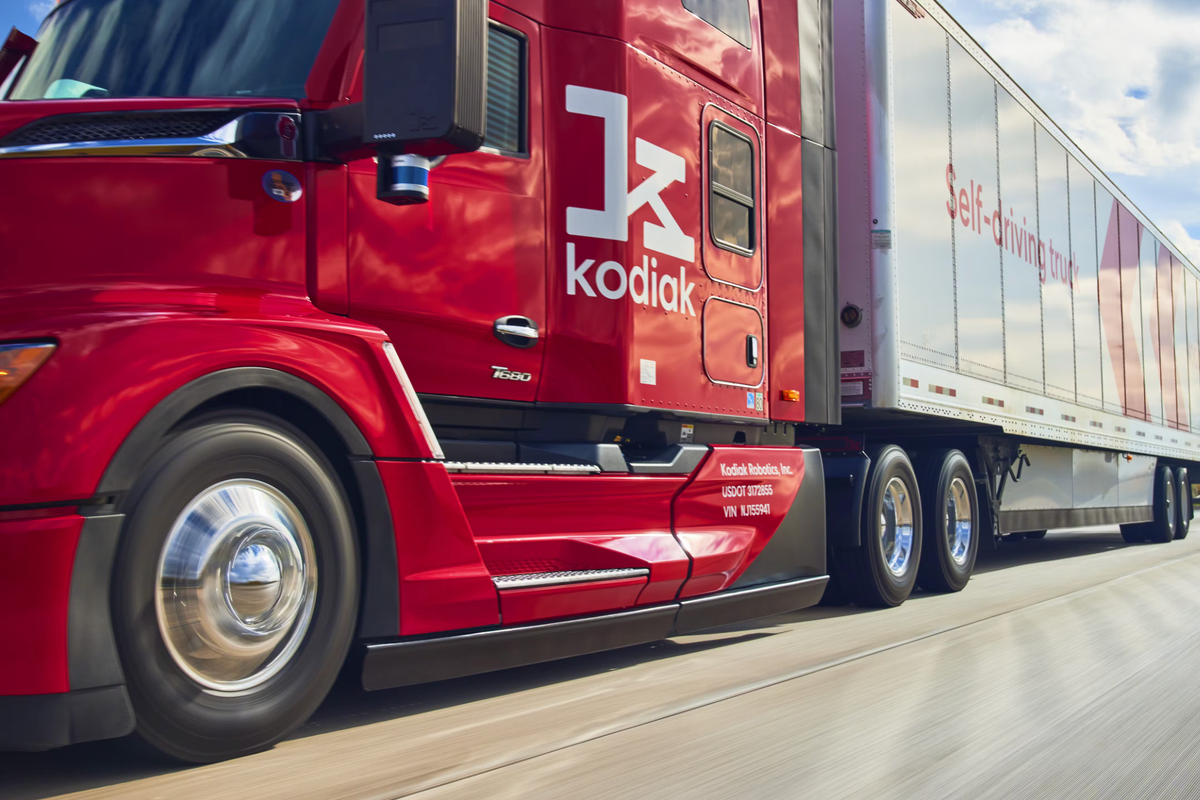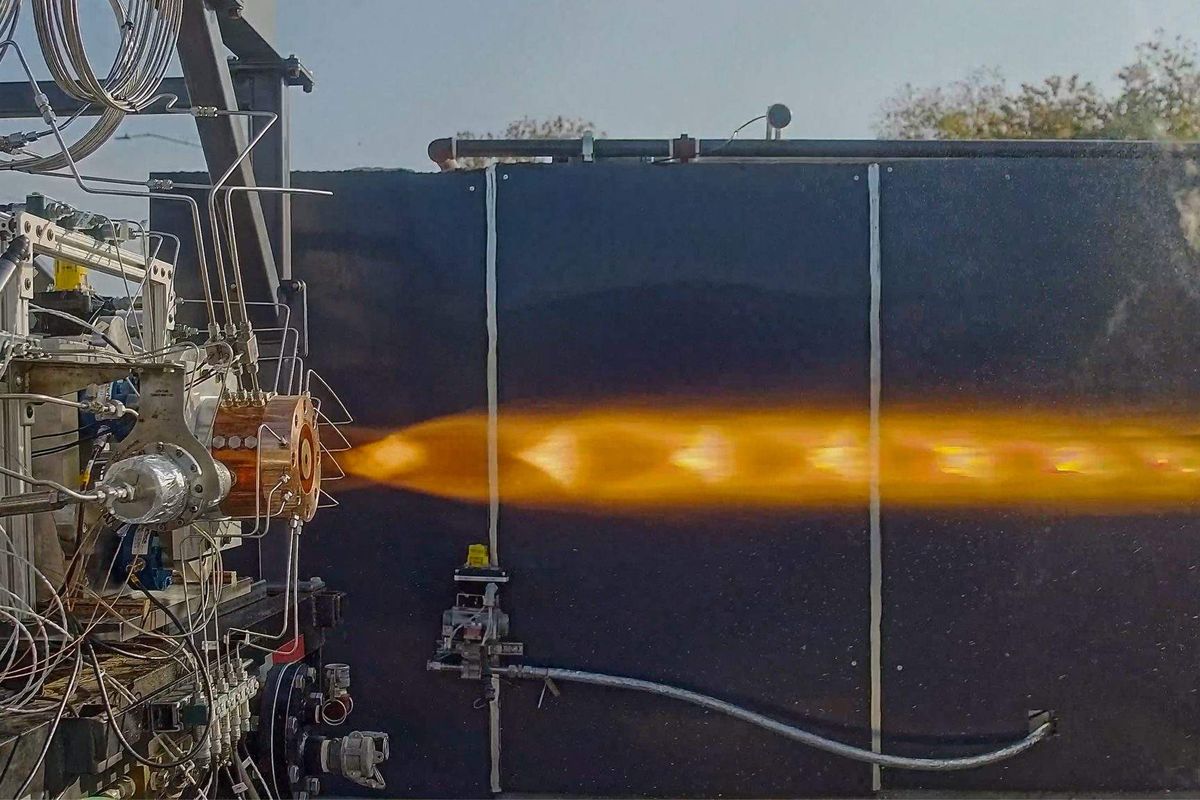The prevailing economic environment has made innovation essential to gaining a competitive edge in the oil and gas industry.
Global economic shifts and the unstable oil market have been considerable factors inhibiting the advancement of innovation in the oil and gas sector. Oil prices have not significantly increased in the past four to five years, while investors and Wall Street hold corporate executives accountable for capital discipline.
In light of these trends, corporate culture and innovation are key factors that hold the potential to drive novelty in the next upcycle. To bring value to shareholders, the oil and gas industry needs to nurture an environment that fosters a radically innovative culture to create new product lines and markets, unique ecosystems, product content, and processes.
Culture from the top down
Organizational culture is one of the essential dynamics that drive innovation. Employee behavior helps influence and promote the acceptance of innovation as a fundamental corporate value. Organizations are therefore admonished to concentrate on fostering an innovative culture that allows the growth of new ideas.
This culture needs to be created by deliberate action on the part of leaders of industry or by indirect measures such as composition and institutional policy directions. A model of innovative culture which translates into cultural transformation emerges as a result of this deliberate action and institutional policy directions.
Various studies over the years have examined innovative culture models focused on cultural characteristics or factors. A comprehensive, innovative culture model that incorporates cultural traits and their determinants is reviewed in this contemplative piece.
Execution culture vs. innovative culture
In her book, "The Culture Map: Breaking Through the Invisible Boundaries of Global Business," Erin Meyer explains that "ambidextrous culture" is the concurrent search of flexibility and alignment at a business unit/sector which is linked to several organizational outcomes including improved performance and innovation.
This ambidextrous culture can be divided into two broad categories: Execution culture and innovative culture. Execution culture is a working environment that is more process- and task-driven to get things done. The oil and gas industry has typically favored the execution culture, where there is a central decision-maker at the head of the table. Research and recommendations on pertinent matters are typically presented to decision-makers who sit through a PowerPoint presentation. Subsequently, a decision is made based on the facts presented via PowerPoint presentation.
One critical demerit of this setup is that it usually leans towards low-risk conservative judgment. The executive lifestyle has worked in the past in the oil and gas industry due to the high fixed cost, and the "failure is unacceptable" approach in the industry.
With new technologies such as 3D printing, predictive analytics, machine learning, and deep learning, one can test some ideas or thoughts through rapid prototyping in a lab setting to test their hypothesis. Therefore, this type of culture as a sole approach to decision-making in the industry may need to be reconsidered.
Meanwhile, innovative culture is a work environment where leaders encourage and nurture unorthodox thinking in approaching problem solutions and applications. If the energy industry leaned more toward this style of culture, it would help foster innovation and accelerate the innovation landscape in the industry.
Innovative culture is a more design-oriented approach that generates a large pool of options and also incorporates a visual thinking framework. It enhances a creative mode for the audience, and everybody in the company ends up being a decision-maker. This type of culture fosters open innovation, eliminates the fear of expression, and pushes for more collaboration and creativity in the ecosystem.
According to a recent survey done by Accenture Strategy, 76 percent of leaders say they regularly empower employees to be innovative, while only 42 percent of employees agree. This shows an apparent disparity in more than the perceptions of employers versus employees and the belief that innovative culture is not promoted by middle management. This barrier can be broken down by instituting and enforcing an innovative culture.
Staying agile in a transforming world
The world has changed, and it will continue to transform. Various factors are disrupting traditional methods of business management across the globe, and organizational behavior is being impacted significantly. For an organization to be competitive globally, it requires innovation and creativity.
The rate at which businesses are facing competition requires agility. Employees are pressured to give their best and to come up with new ideas at a level even beyond some of history's greatest minds. For many, uncertainty and insecurity abounds. The fear of being made redundant and a resulting lack of trust prevents creativity among employees.
Trust, productive gameplay, and fun — critical components of an innovative culture — can spark creativity and increase global competitiveness. Due to the recent downturn, most teams are burdened with the same amount of work, which was meant for double or tripled their workforce and are still expected to perform at their peak capability. They need the right conducive environment to function.
Implementing action
While the energy industry should avoid trying to copy innovative practices from technology companies, oil and gas companies should review possible case studies that can be incorporated in fostering an acceptable culture for millennials to be attracted to the industry.
Presentation is important
Take a look at your marketing materials, for instance. Skip the stereotypical image of the macho oil guy on a rig operating the brake handle and showcase how the industry is adapting open innovation across sectors such as using predictive analytics and rapid prototyping to help design a safe working environment. Showcasing the conducive culture we experience in oil and gas, which challenges us to think outside the box and solve the world's energy problems will be an excellent way to create opportunities internally in companies and also attract and retain talent from different backgrounds and industries to help solve the world's energy problems.
Consider flexible work initiatives
To help establish and foster an innovative culture in oil and gas, the industry needs to embrace virtual and remote working environments, retraining and refresher courses to keep employees' skills relevant to solving problems, leaders setting a positive example on work-life balance and cutting down or avoiding long-distance travel via virtual meetings. Others essential pointers to consider are, giving employees the freedom to be themselves at work, leadership or management having a positive attitude towards failure, allowing remote work on days on which employees have personal commitments, networking events with company leaders scheduled during office hours, having an open channel for the report of sexual discrimination/harassment incident(s) to the company, among others.
I'd like to close with a quote from another influential book, "The Innovator's Dilemma," by Harvard Professor Clay Christensen. He writes, "When an organization's capabilities reside primarily in its people, changing to address new problems is relatively simple. However, when the capabilities have come to live in processes and values and especially when they have become embedded in culture, change has become extraordinarily complicated."
Establishing a uniquely innovative culture within the energy industry will be a great foundation going forward, for spurring progress in the oil and gas sector.
------
Nii A. Nunoo is senior associate and management consultant within Strategy and Energy Core Operations at KPMG.
 MD Anderson Cancer Center has been the No. 1 best cancer hospital in the U.S. for over a decade. Photo courtesy of KVUE
MD Anderson Cancer Center has been the No. 1 best cancer hospital in the U.S. for over a decade. Photo courtesy of KVUE




 2025 Houston Innovation Awards winners revealed at annual eventThe 2025 Houston Innovation Awards winners have been revealed. Courtesy photo
2025 Houston Innovation Awards winners revealed at annual eventThe 2025 Houston Innovation Awards winners have been revealed. Courtesy photo